Recently enjoyed ten lovely days traversing Morocco, a country known for its vibrant culture, ancient history, and picturesque landscapes. The country also has one of the most comprehensive and comfortable rail systems in Africa. This includes a high-speed train system also known as the LGV (Ligne à Grande Vitesse) or Al Boraq or TGV (Train à Grande Vitesse) based on the French design.
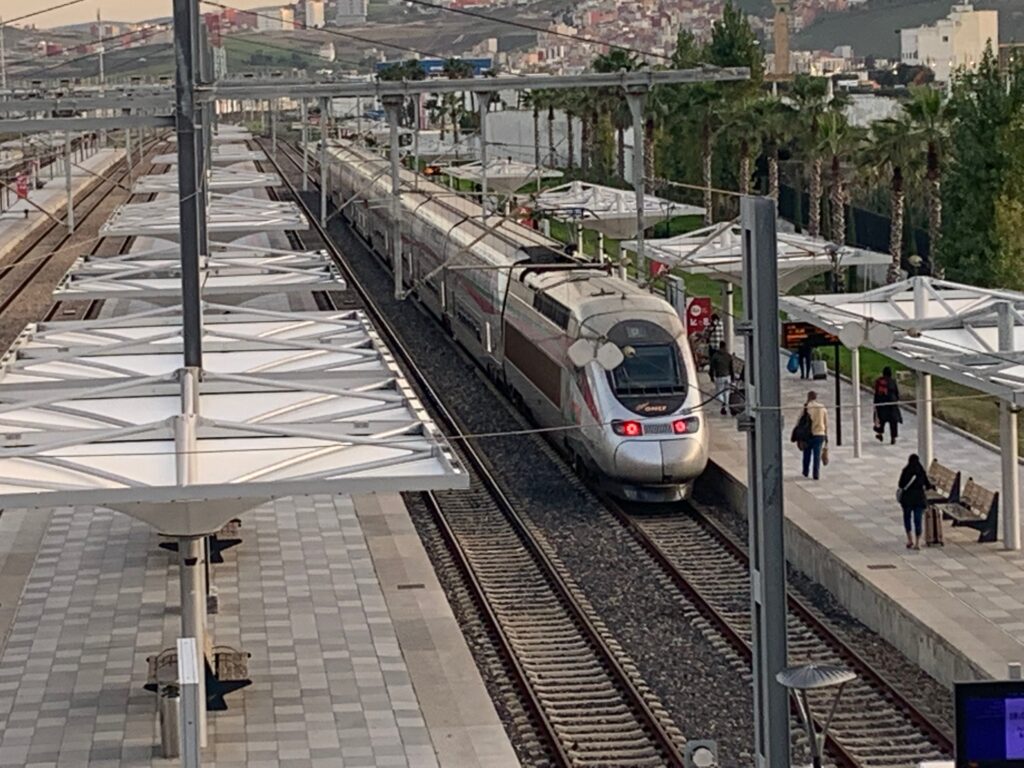
I used the rail system as the backbone of my adventures adding bus and car connections to Chefchoen and Essaouira.
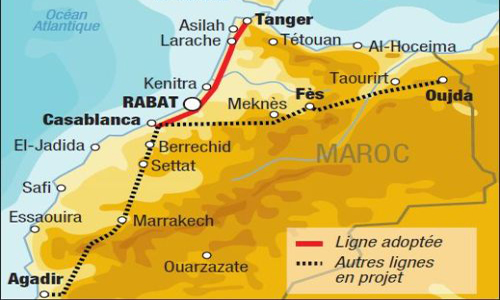
Booking
Many people warned that it is almost impossible for a foreigner to buy a ticket on the ONCF online system. I booked several tickets on my laptop and phone and had no issues. A good level of French literacy does help, however. You can buy tickets at ticket machines, station ticket windows (which were very busy when I as there or online for a fee from 12go.asia or moroccotrains.com.
Some trains can fill up quickly.
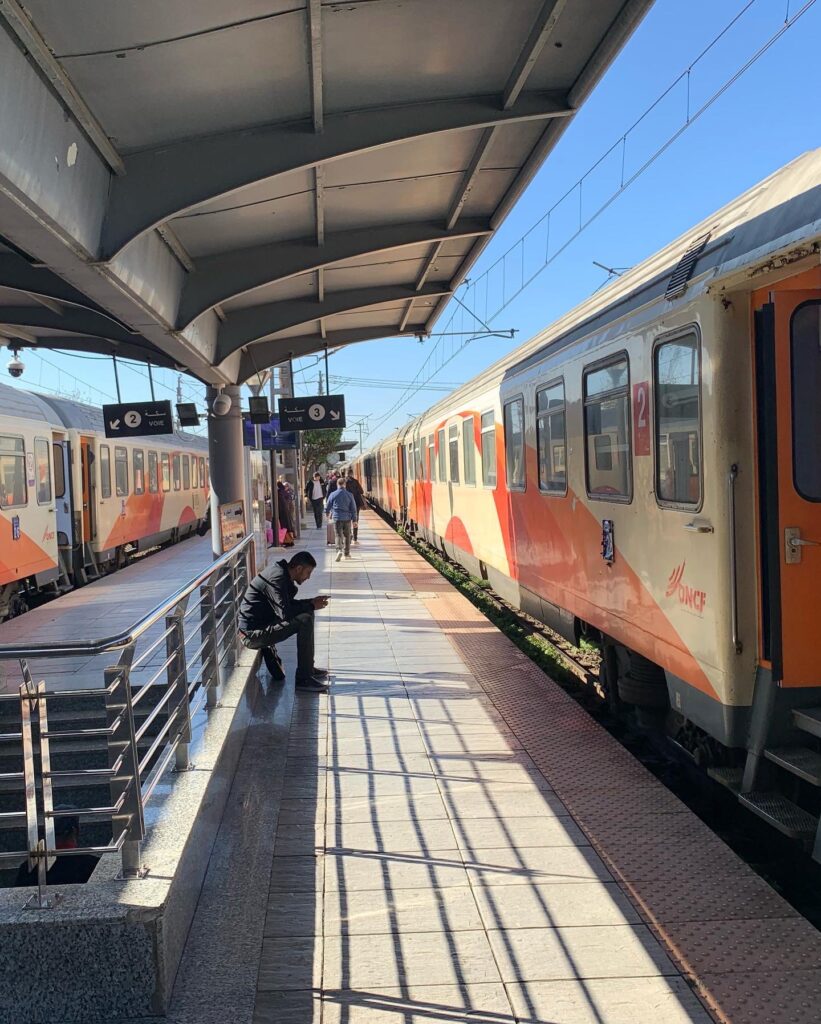
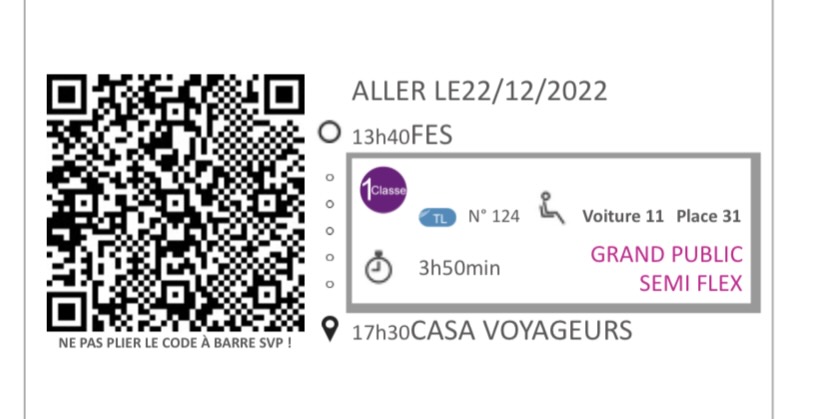
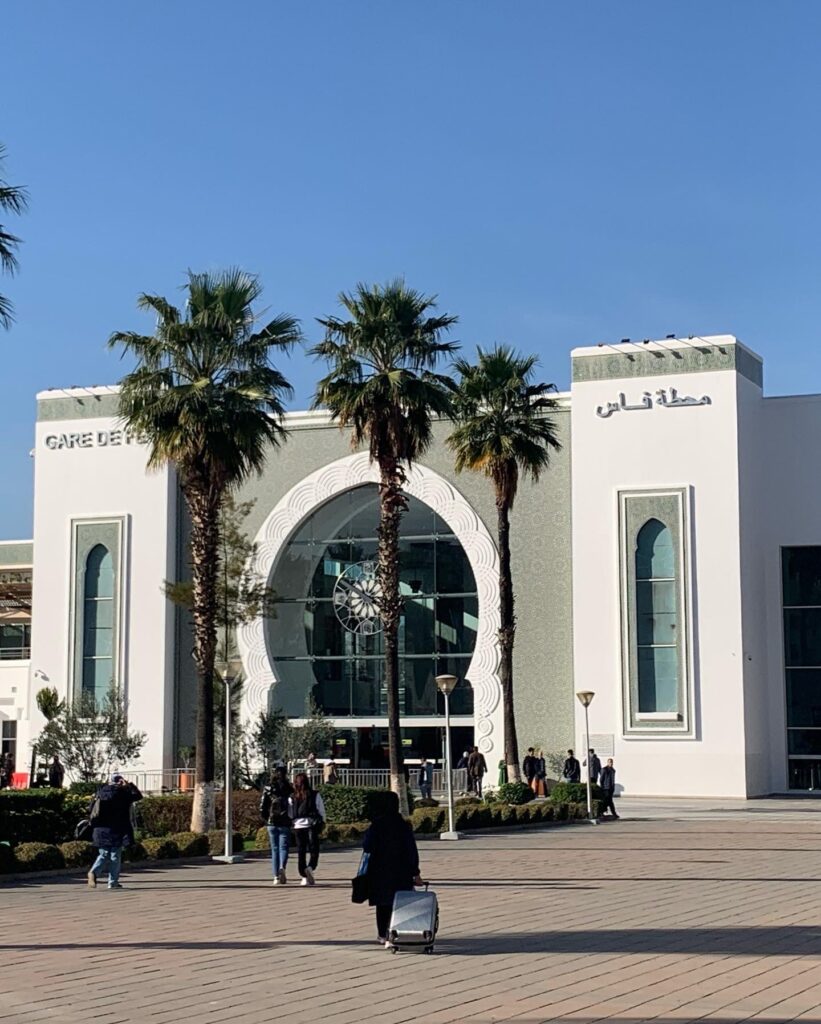
Moroccan trains have First Class (1ère Classe) and Economy Class (Classe économique), depending on the route. First class was actually quite affordable so that’s where I placed myself for all of my train trips. Most trains now require a reserved seat.
The high-speed train system since 2018, provides fast (with trains operating at between 200 and 300km/h), comfortable, and safe travel. The time taken to go between Casablanca and Tangier, has been halved to just two hours, making it possible to travel back and forth between these two major cities in a day.
From Rabat to Casablanca, the one-hour road journey now only takes 33 minutes by rail.
Check In
I think arriving at the railway station at least 15 minutes before train departure is adequate. If you are concerned about getting lost or worried about queues for the platform, come 20 to 30 minutes ahead. The stations are stunning, modern and equipped with a great range of restaurants, cafes, and shops. Tickets are inspected at the platform entrances.
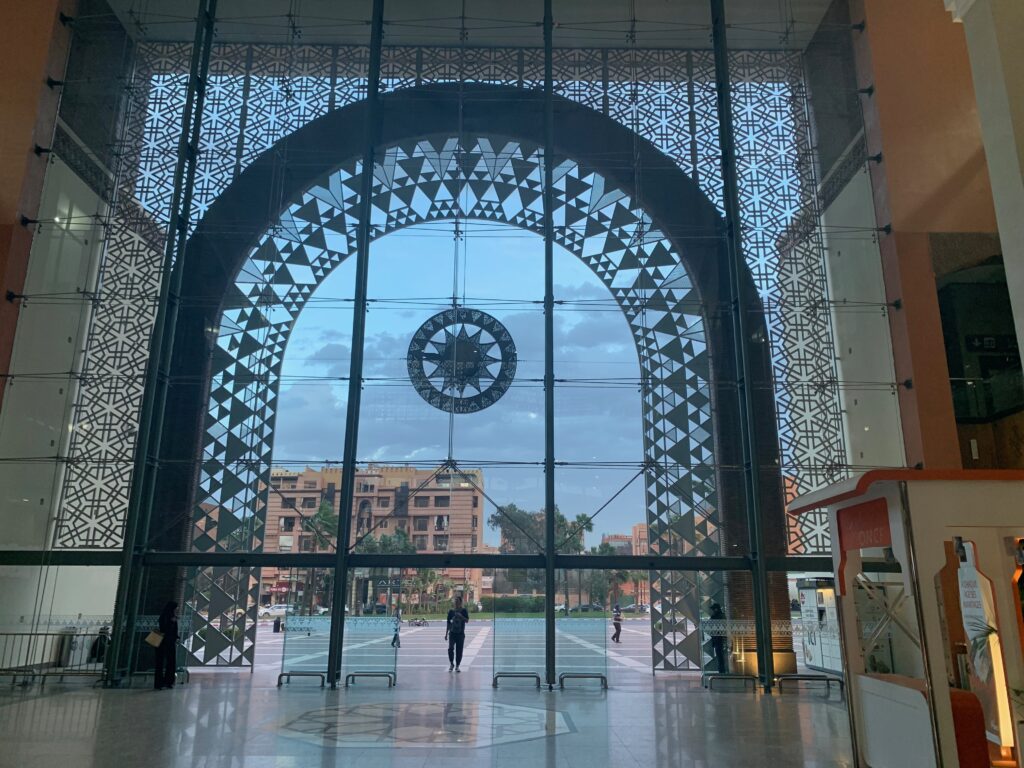
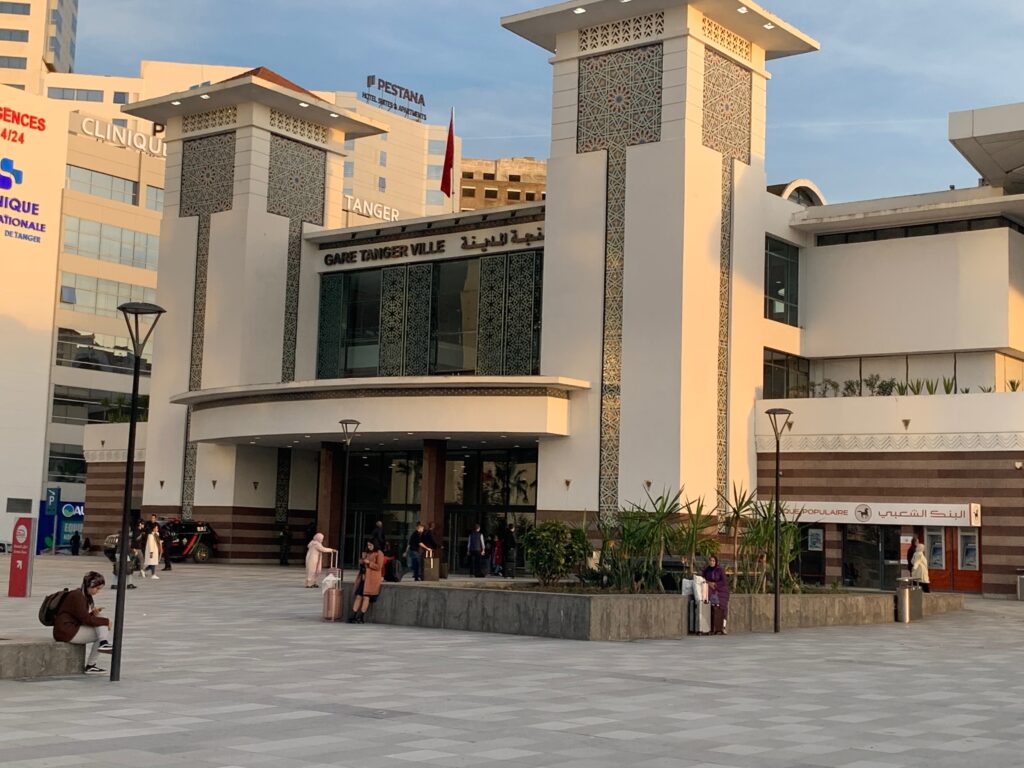
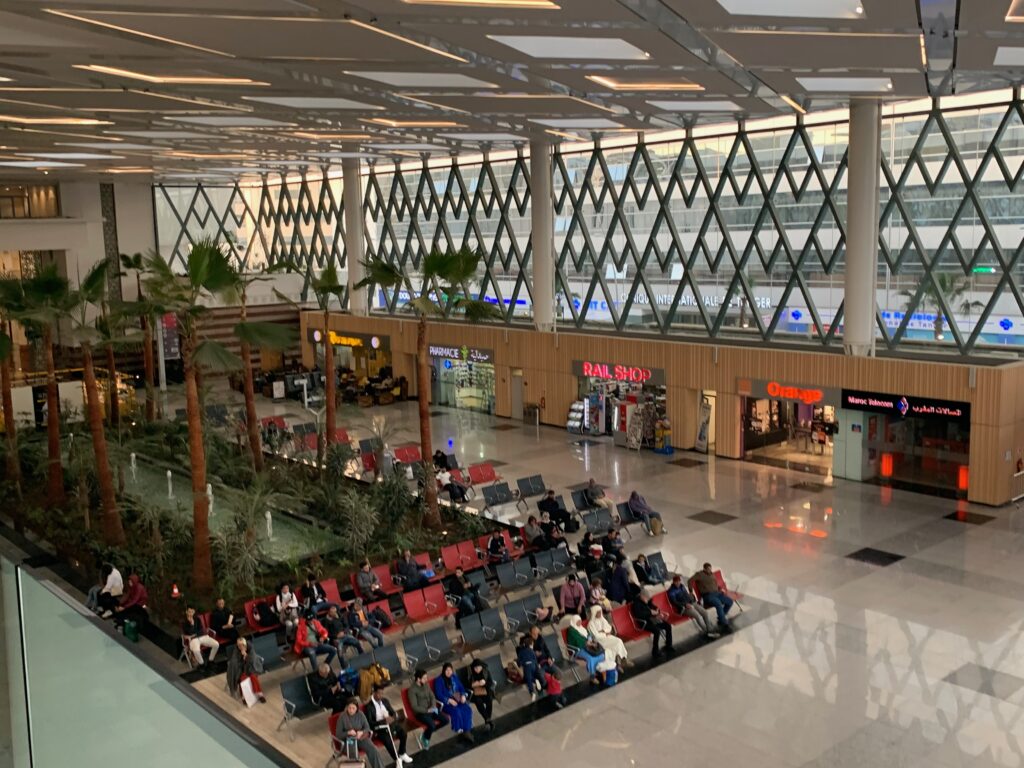
Lounge
Some of the stations have an Al Boraq lounge for anyone with a 1st class Al Boraq ticket. I forgot about this benefit as I was too fascinated by the beautiful stations!
Boarding
Boarding the train was pretty straightforward. I was surprised not to see maps of the train layout on the platform to help people find the right carriage quickly. This meant much running for some people to get to the correct carriage.
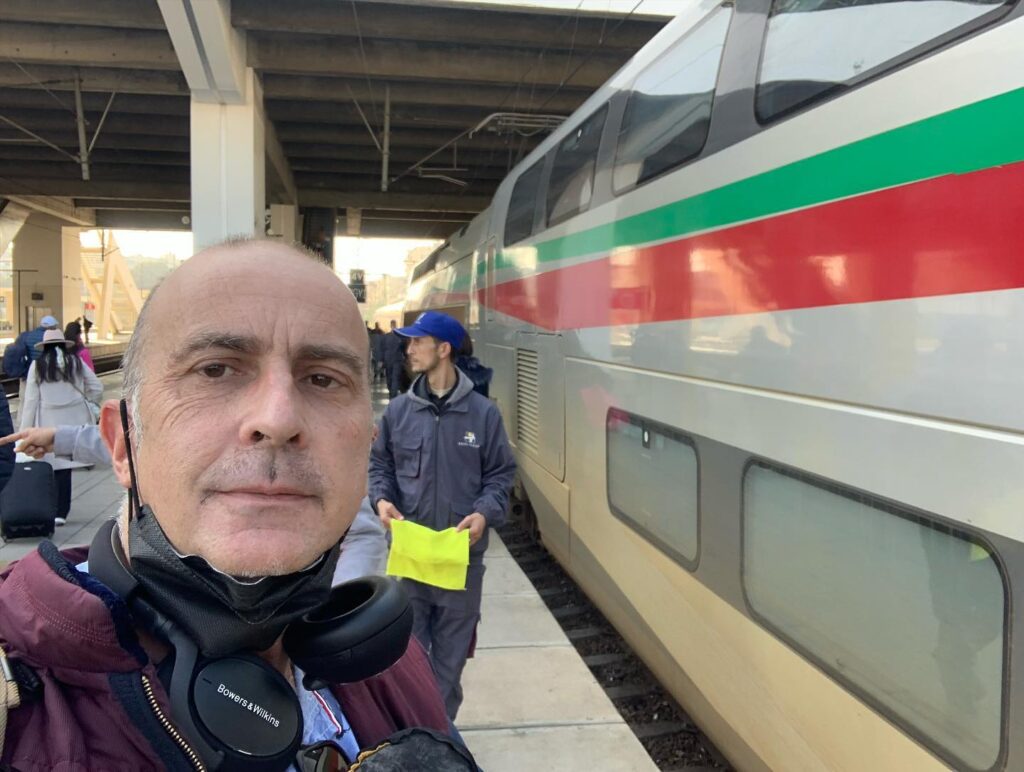
On Board
All the trains I rode on had comfortable seats, and air conditioning. Some had free Wi-Fi. All of Morocco’s trains run on electricity instead of fossil fuels, reducing the carbon footprint of transportation in the country. ONCF, the rail operator, is making a big deal of this environmental benefit. This makes journeys very quiet.
First class on the ordinary trains had comfortable, clean six-seat air-conditioned compartments or open-plan seating. Second Class had eight-seat air-conditioned compartments with basic padded plastic seats. They were clean but not as attractive and on some routes very crowded.
Al Boraq had two seats on one side and one on the other in First and two/two in Economy/Second Class.
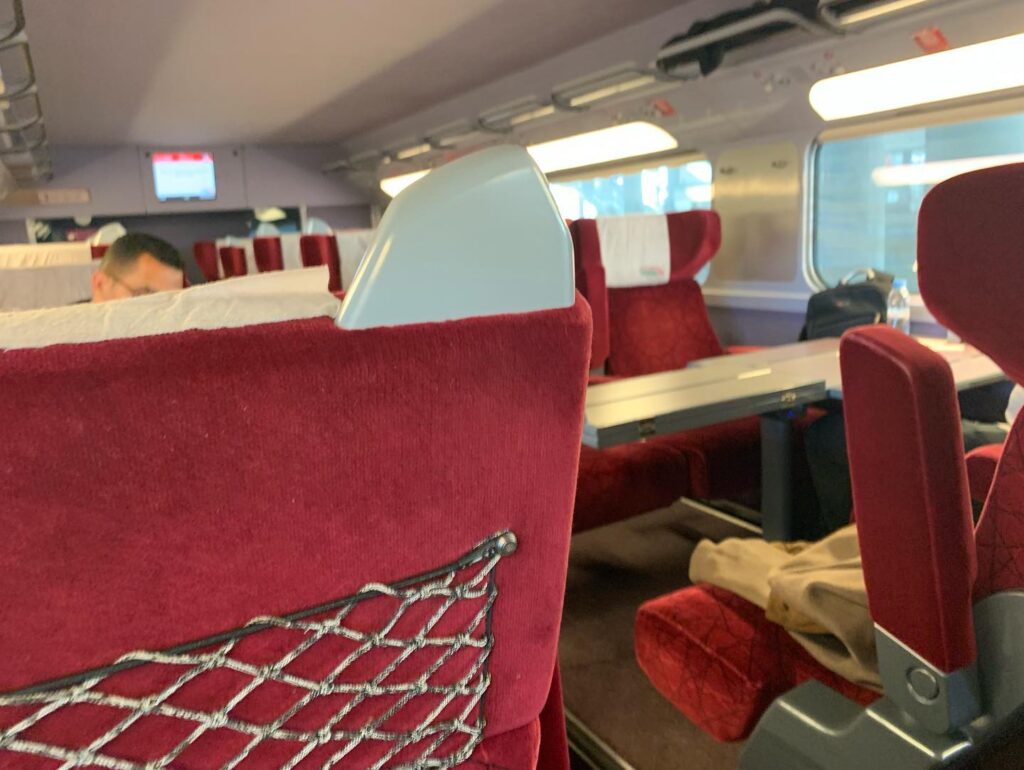
The High-speed trains had a cafe bar and the other trains provided a trolley for food. Both sold Moroccan and ordinary tea, coffee, sandwiches, and snacks.
From Fez, I rode the local train to Rabat. Unfortunately, I discovered that I had not booked a window seat on this very full train. Not a problem. The people in my compartment insisted I take the window and rearrange themselves around the remaining seat. They declared that the views were well known to them and as a guest needed to enjoy them. This was so typical of the hospitality I experienced in Morocco.
Overall Rating: 87%
My ratings are:
- Booking: 9/10 ( a multi lingual website would be helpful)
- Boarding: 8/10
- Meals: 9/10 (not included but a nice range)
- Entertainment: 6/10
- Service: 10/10
Overall, travelling by train in Morocco can be a convenient and enjoyable way to explore the country. Just remember to book your ticket in advance, arrive at the station early, and follow the instructions of the train staff to ensure a smooth journey.
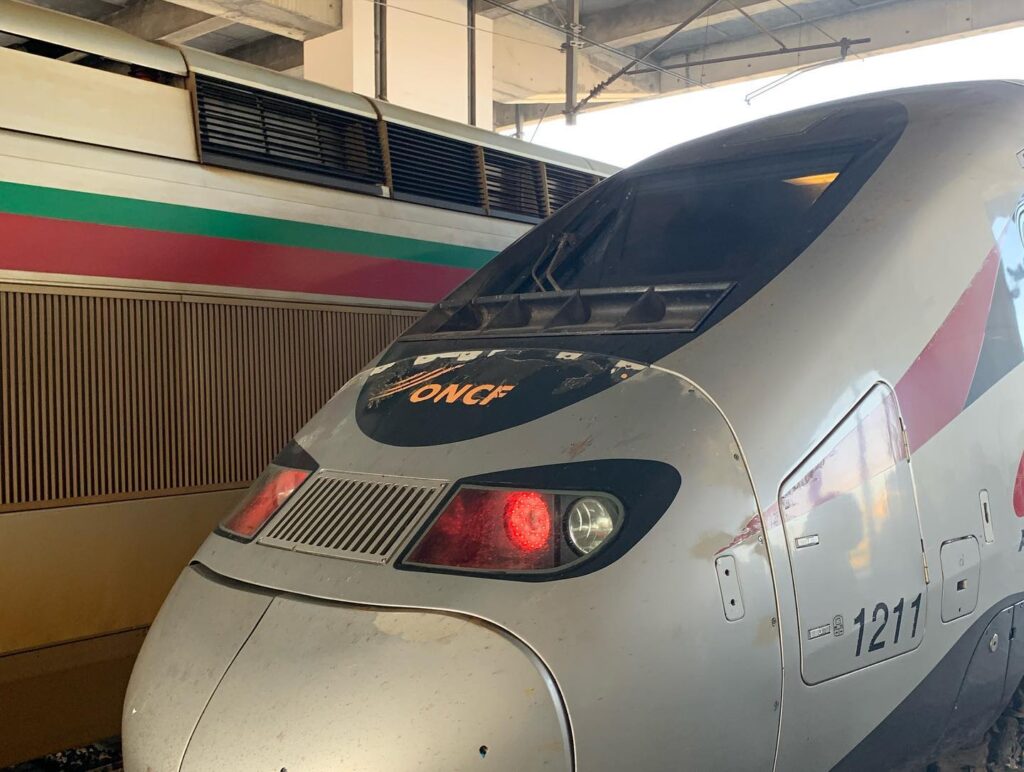


Leave a Reply